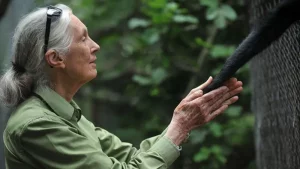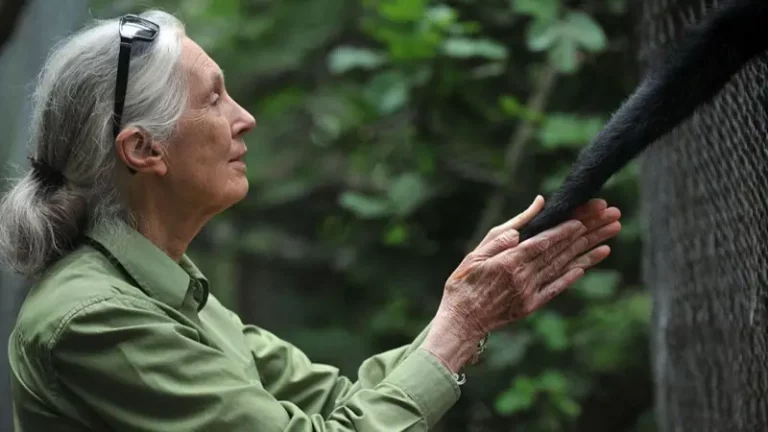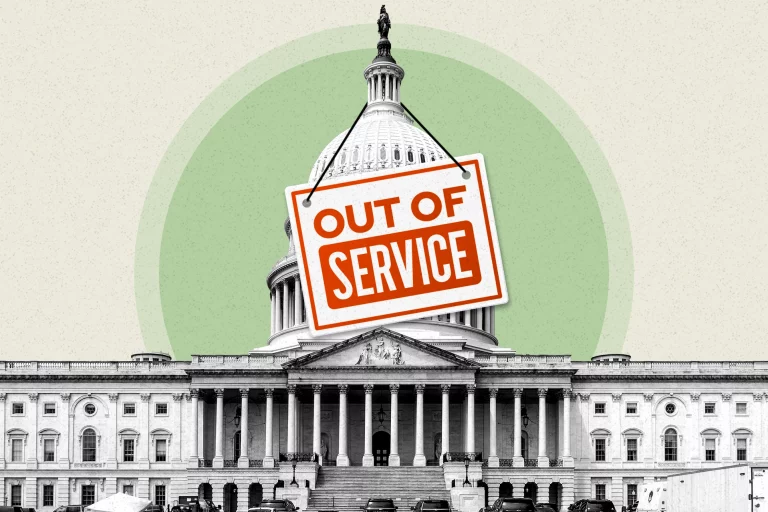Karen Read Acquitted of Murder in John O’Keefe Case
Karen Read was found not guilty of second-degree murder and leaving the scene in the death of her boyfriend, Boston police officer John O’Keefe, while convicted of drunk driving. The verdict marked a dramatic end to nearly eight weeks of retrial testimony, vindicating a defense that alleged a sweeping cover-up.
Dramatic Verdict and Reactions
After the jury returned its decision, Read embraced her attorneys and wept as supporters outside the Dedham courtroom erupted in cheers, chanting “Free Karen Read!” Judge Beverly Cannone sentenced her— as a first-time DUI offender—to one year of probation, a sentence agreed upon by prosecutors. Read had faced up to life in prison if convicted of second-degree murder.
O’Keefe’s family departed quietly as Cannone thanked jurors. Supporters, wearing pink, celebrated loudly, while the slain officer’s family, dressed in blue, remained more subdued. The contrast underscored deep community divisions over the case.
Retrial Highlights and Key Testimony
The retrial followed a mistrial in the first trial less than a year earlier. Across both trials, prosecutors presented 49 witnesses combined. The case centered on events late January 28, 2022, into the early hours of January 29, when Read and O’Keefe had gone out with friends ahead of a snowstorm. Prosecutors alleged Read struck O’Keefe with her SUV in reverse at about 24 mph, causing blunt force trauma to his head and leaving him to die outside a Canton home.
- Prosecution’s theory: Led by special prosecutor Hank Brennan, they argued Read hit O’Keefe after dropping him off at the home. Witnesses testified she later returned and appeared to admit, “I hit him, I hit him,” when paramedics arrived.
- Defense’s focus: Read claimed innocence and alleged off-duty law enforcement at the home conspired to frame her. Her attorneys sought to undermine the investigation by pointing to biased conduct, including sexist texts from investigator Michael Proctor. Experts testified vehicle damage did not match O’Keefe’s injuries and suggested alternative causes, such as animal-inflicted scratches.
Read did not testify but her media interviews were used by prosecutors to highlight inconsistencies. She consistently denied driving into O’Keefe: “I did not drive my car into John… There is zero chance this is an accident.”
Claims of Cover-Up and Community Division
Read’s defense painted the police investigation as flawed, raising alternative theories without naming a specific third-party culprit. The idea of a cover-up featured prominently in karen read documentary discussions and media coverage, fueling strong feelings on both sides. Outside the courthouse, supporters silently held “I love you” signs in American Sign Language. O’Keefe’s family and their witnesses’ families issued statements calling the acquittal a miscarriage of justice, mourning the verdict and criticizing “lies and conspiracy theories spread by Karen Read and her team.”
Michael Proctor, the former state trooper who led the original investigation and was later fired over sexist texts, denied any evidence planting. He called accusations “ridiculous.”
Trump Mobile Debuts with $499 Smartphone and $47.45 Monthly Plan
Trial Process and Evidence
The trial examined text messages suggesting tension between Read and O’Keefe. On the night in question, Read drove him to two bars and then to a home at 34 Fairview Road. Witnesses for prosecution said O’Keefe never entered the house. After finding his body in snow near a flagpole the next morning, Read’s statement to first responders was scrutinized.
Defense experts challenged the physical evidence: SUV taillight damage, injury patterns, and testimony about cuts on O’Keefe’s arm. The defense highlighted Proctor’s prejudiced texts to argue the probe was biased. Prosecutors countered by calling witnesses to affirm no evidence of tampering. The jury deliberated about 21 hours over four days before delivering the not guilty verdict on murder charges.
Trump Parade Attendance Faces Scrutiny Amid ‘No Kings’ Protests
Aftermath and Sentencing
With the murder acquittal, Read will serve one year probation for the DUI conviction. Judge Cannone’s sentence reflected agreement from both sides. Read thanked supporters, crediting them for emotional and financial backing over nearly four years. Her father praised the legal team, saying, “We needed them all to defeat this.”
Prosecution witnesses’ families released a statement lamenting the outcome: “Our hearts are with John and the entire O’Keefe family. They have suffered and deserved better from our justice system.” The divisive karen read trial live coverage highlighted nationwide interest, and many followed updates eager for the karen read verdict.
No Kings Protests Military Parade Trump Ignite Nationwide Day of Defiance
Looking Forward: Public Interest and Media Coverage
The case remains a topic for court TV and true-crime programs. Viewers referencing karen read documentary segments on Investigation Discovery saw Read’s firm denials: “I did not hit John with my car.” The acquittal raises questions about investigative integrity and the role of bias in high-profile trials. As “20/20 tonight” and other programs revisit the story, audiences will watch for any karen read update or further appeals.
Conclusion
Karen Read’s acquittal in the killing of John O’Keefe, alongside a drunk driving conviction, closes a chapter but leaves deep community divisions. The verdict follows two trials, claims of cover-up, and intense media scrutiny. Read’s supporters celebrate her freedom, while O’Keefe’s family and prosecution witnesses mourn what they view as an injustice. As probation begins, the broader conversation about the case—spurred by karen read documentary analysis and live trial coverage—continues to engage public attention.
For more on john o’keefe and related coverage, follow TNN for US news today and Canada news today.














